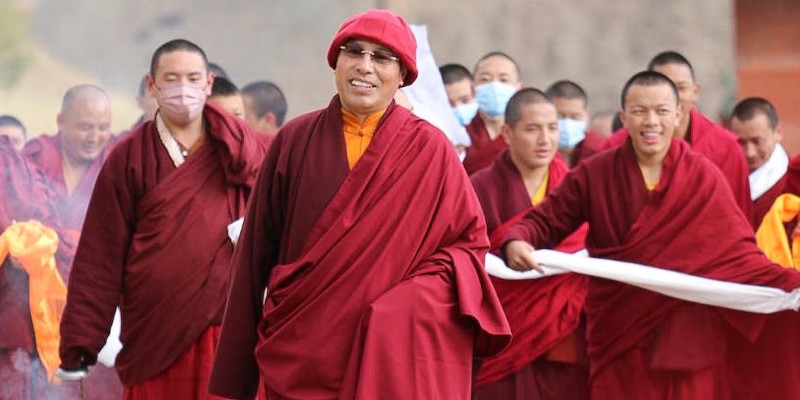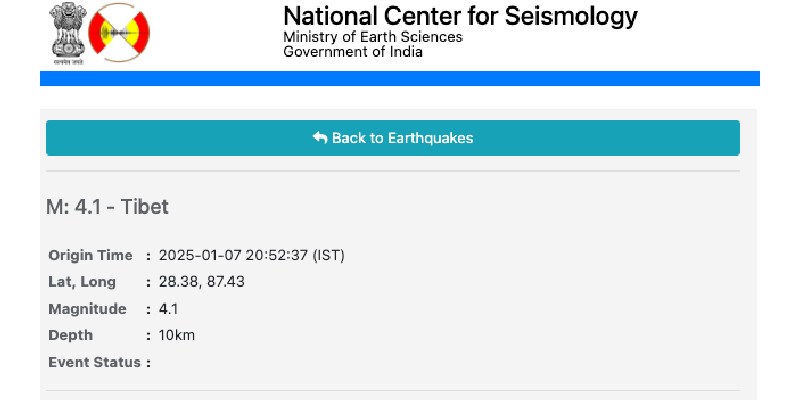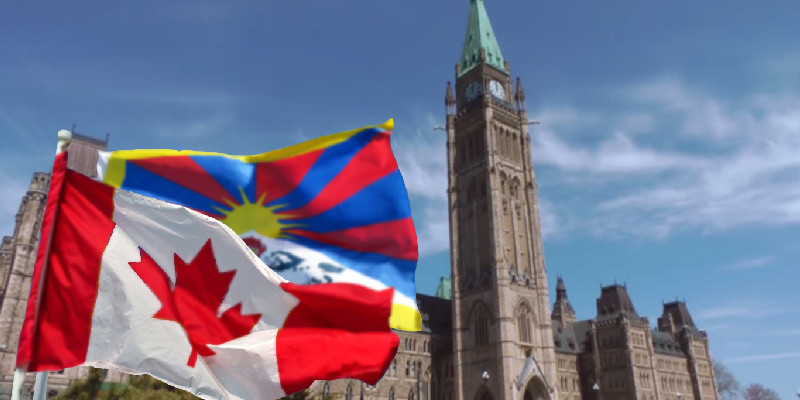Dharamshala, 14th July: Cranes and newly-built blocks of flats reach up to the blue skies surrounding the Tibetan city of Lhasa, creating a two-tier system of property riches between state personnel and everyone else. A massive infrastructure and construction effort in Tibet has resulted in airports, roads, railways, and new apartments, which Beijing claims are improving life on the remote alpine plateau.
However, the development is transforming the historic Buddhist city and putting housing prices beyond of reach for many inhabitants, according to Tibetans, deepening divisions in an area known for unrest under Chinese rule. Construction workers crawl over high-end apartment towers being developed by Chinese developer Country Garden not far from the exiled Dalai Lama’s former home, the Potala Palace. They are priced similarly to many major Chinese cities, despite the fact that average Tibetan salaries remain among the lowest in the country.
The property is located next to a modern new shopping center and opposite banners advertising additional projects. According to AFP, they recently accompanied a rare and closely regulated government-led tour of Tibet, where foreign journalists have been severely banned since violent anti-China demonstrations erupted across the region in 2008.
The Chinese government claims that growth will alleviate unrest in Tibet, where many residents still venerate the Dalai Lama, the region’s spiritual leader, and are resentful of an influx of Chinese visitors and settlers. Since 2008, it has poured money into the region, transforming Tibet into one of China’s fastest-growing economic regions and fueling rising average wages.
Many inhabitants agree that such modernizations are good, but experts worry that Lhasa’s 860,000 people are becoming increasingly divided between haves and have-nots. The building boom is undoubtedly the most evident proof, with educated government officials benefiting disproportionately while Tibetan rural migrants struggle to keep up.
In 2020, about one million square meters of newly built dwellings were sold, a 28 percent increase over the previous year. Approximately three dozen new developments are presently selling properties in Lhasa, according to real estate listings. With prices rising, entering the market relies on public-sector professions “because there are very few options outside of that to make the big bucks, The property market opens up only once you’ve passed that gateway. That gateway is what controls people.” according to Andrew Fischer, a Erasmus University Rotterdam professor.
Rural migrants are migrating to Lhasa from other parts of Tibet in search of better economic and educational prospects, but they frequently end up at the bottom of society, according to Emily Yeh, a professor at the University of Colorado Boulder. Many have poor Mandarin language skills, which are required for many metropolitan occupations.
Even at the top, competition for top jobs is stiff, as employment growth lags behind the number of new graduates. There is no publicly available information on the ethnicity of Tibet’s state workers. However, census records reveal that the number of Han Chinese – the country’s major ethnic group – has increased over the last decade to account for 12 percent of Tibet’s overall population, creating even greater competition for jobs. Tibet’s persistently high illiteracy exacerbates the socioeconomic divide.
In the name of modernization, a plan to reduce the people dwelling in the tight, winding lanes of old center Lhasa is being implemented alongside new buildings. Many inhabitants have relocated to apartments on the city’s outskirts, while historic homes are frequently turned into hotels or tourist-oriented enterprises.
Image Source: AFP







Leave a Reply